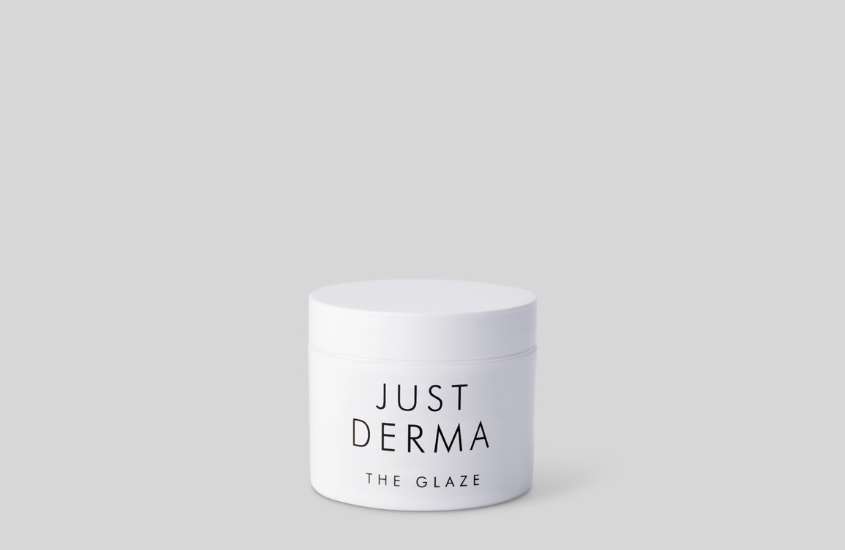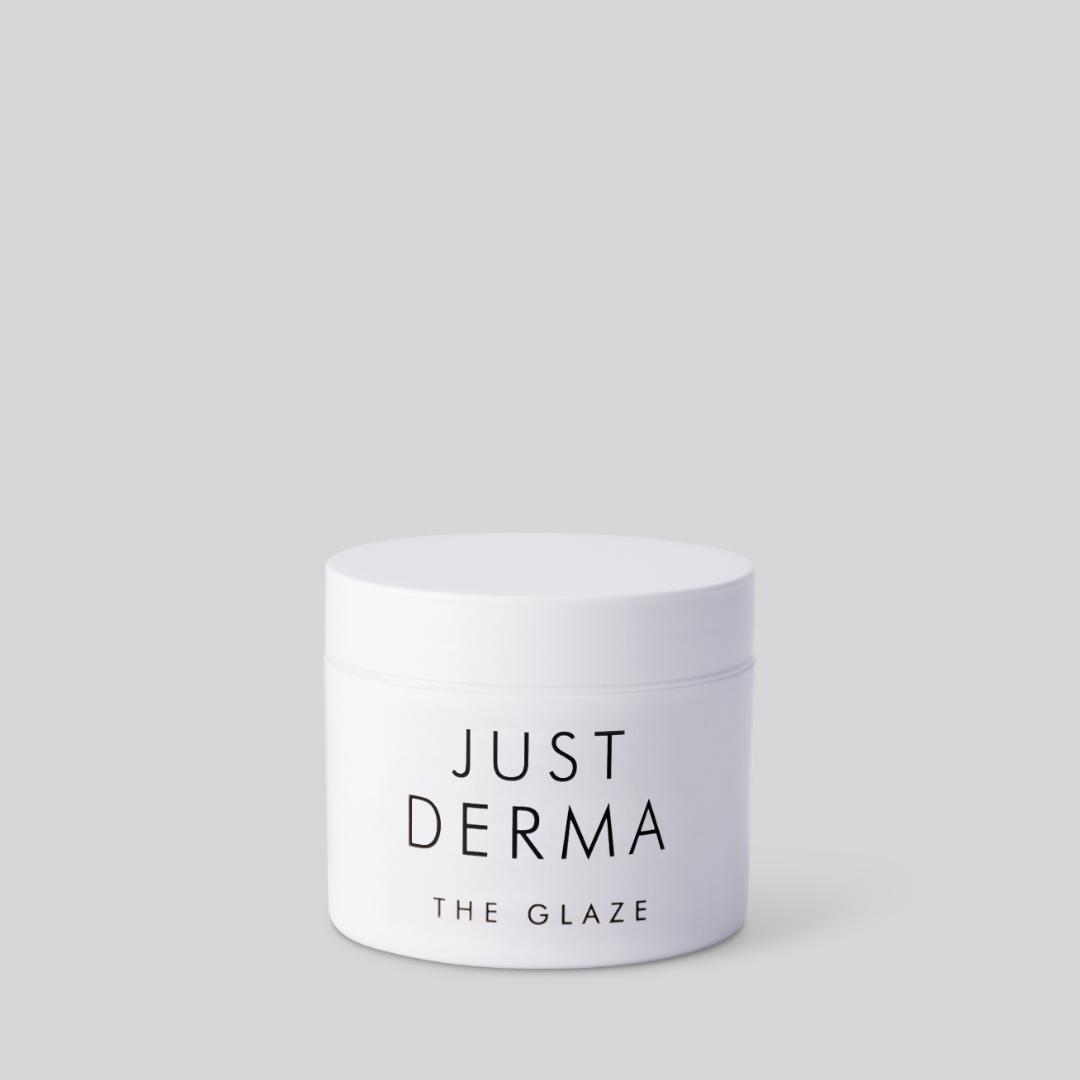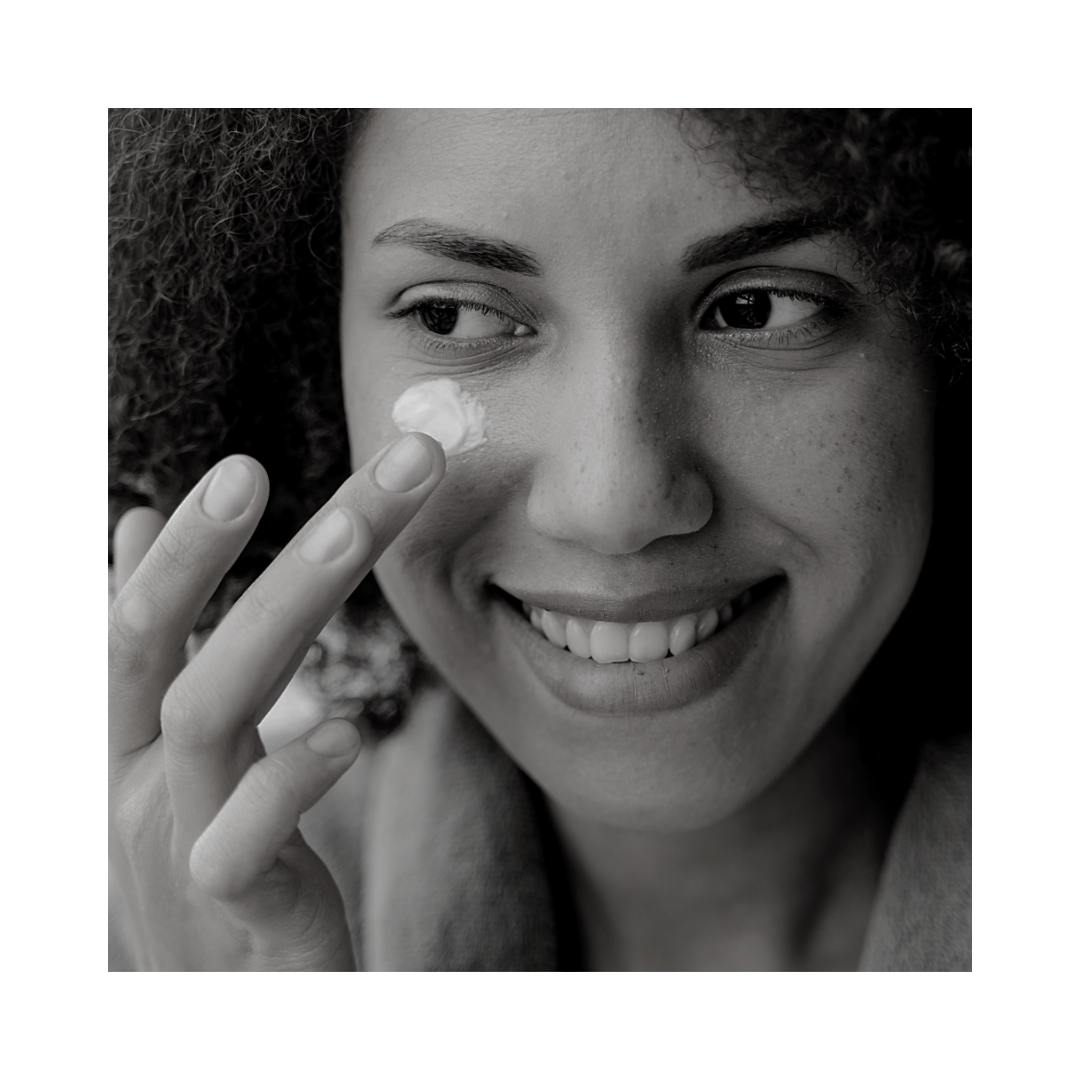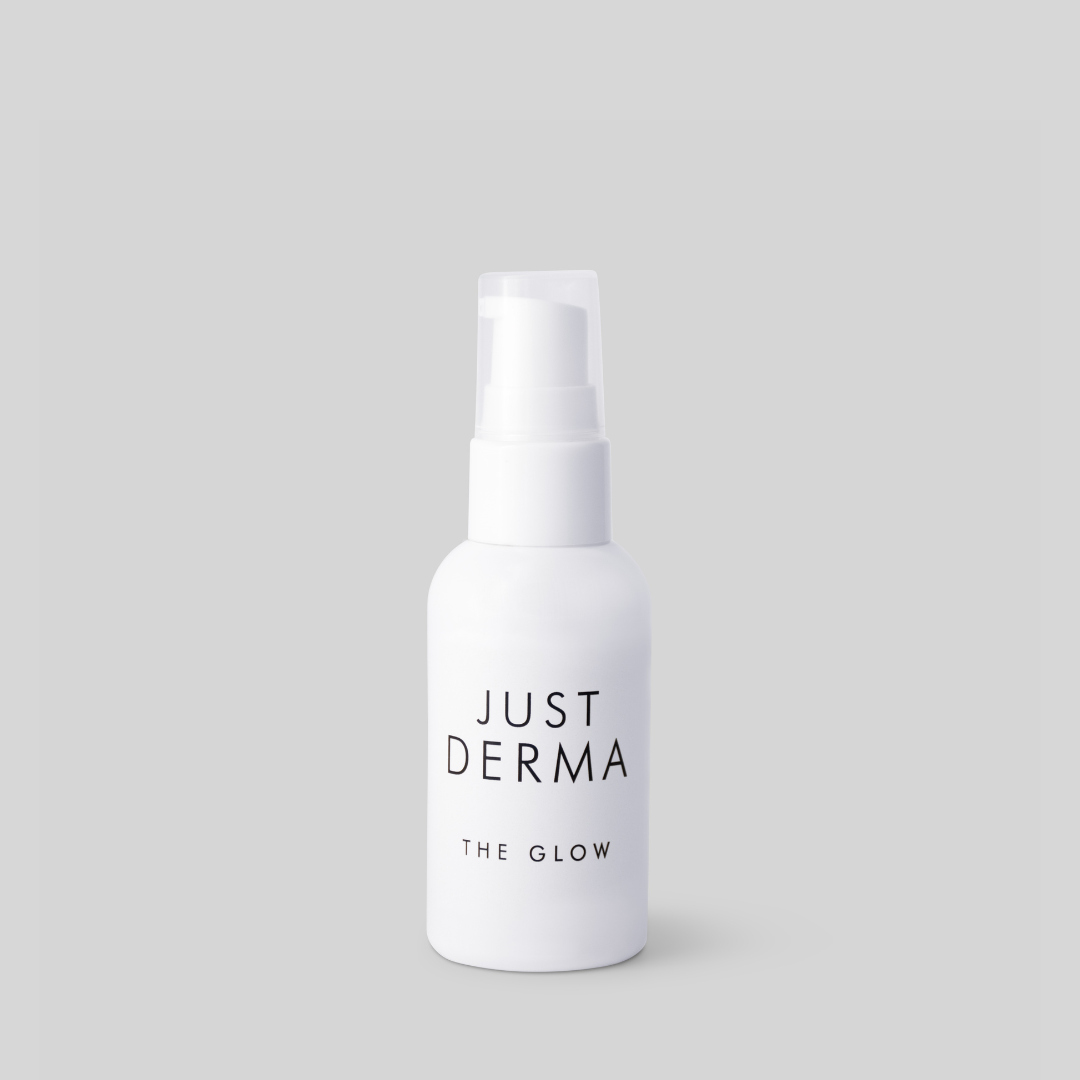FULL INGREDIENTS LIST
Aloe Barbadensis Leaf Juice, Aqua (Water), Hyaluronic Acid, Sodium Acetylated Hyaluronate, Sodium Hyaluronate, Polyglutamic Acid, Matrixyl 3000, Bakuchiol, Ceramide NP, Ceramide NS, Ceramide AP, Ceramide EOP, Ceramide EOS, Glyceryl Stearate, Cetyl Alcohol, Hyaluronate Crosspolymer, Hydrolyzed Sodium Hyaluronate, Glycerin, Sunflower Oil, Squalane Oil, Panthenol (Vitamin B5), Jojoba Seed Oil, Irish Moss Extract, Gotu Kola Extract, Stearic Acid, Xanthan Gum, Ethylhexylglycerin, Phenoxyethanol.
Base/Solvent
Aloe Barbadensis Leaf Juice
Aqua (Water)
Hydrating Agents
Hyaluronic Acid
Sodium Acetylated Hyaluronate
Sodium Hyaluronate
Polyglutamic Acid
Hyaluronate Crosspolymer
Hydrolyzed Sodium Hyaluronate
Glycerin
Panthenol (Vitamin B5)
Sunflower Oil
Skin Barrier Support/Repair
Ceramide NP
Ceramide NS
Ceramide AP
Ceramide EOP
Ceramide EOS
Squalane Oil
Irish Moss Extract
Jojoba Seed Oil
Anti-aging
Bakuchiol 2%
Matrixyl 3000 3%
Emollient/Emulsifier
Glyceryl Stearate
Cetyl Alcohol
Stearic Acid
Viscosity Modifier/Stabilizer
Xanthan Gum
Preservatives
Ethylhexylglycerin
Phenoxyethanol







